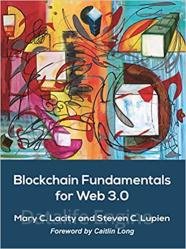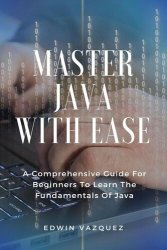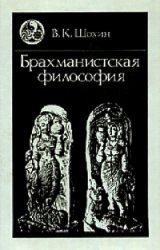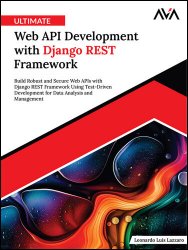 Название: Blockchain Fundamentals for Web 3.0
Название: Blockchain Fundamentals for Web 3.0Автор: Mary C. Lacity, Steven C. Lupien
Издательство: Epic Books
Год: 2022
Страниц: 500
Язык: английский
Формат: pdf (true), epub (true}
Размер: 16.2 MB, 23.0 MB
Our book explains the movement to establish online trust through the decentralization of value, identity, and data ownership. This movement is part of ‘Web 3.0’, the idea that individuals rather than institutions will control and benefit from online social and economic activities. Blockchain technologies are the digital infrastructure for Web 3.0. While there are many books on blockchains, crypto, and digital assets, we focus on blockchain applications for Web 3.0. Our target audience is students, professionals, and managers who want to learn about the overall Web 3.0 landscape—the investments, the size of markets, major players, and the global reach—as well as the economic and social value of applications.
We present applications that use Web 3.0 technologies to unlock value in DeFi, NFTs, supply chains, media, identity, credentials, metaverses, and more. Readers will learn about the underlying technologies, the maturity of Web 3.0 today, and the future of the space from thought-leaders. This textbook is used by undergraduate and graduate Blockchain Fundamentals courses at the University of Arkansas, the University of Wyoming, and other universities around the world. Professors interested in adopting this book for instructional purposes are welcome to contact the authors for supporting instructional materials.
A blockchain is a new type of database technology. Speaking simplistically, a blockchain allows multiple parties to see the same data at the same time and trust that it’s valid. A blockchain is a ‘golden copy’ of information upon which all users can rely. It is shared technology infrastructure. What problem does blockchain technology solve? Expressed in practical terms, on the one hand, blockchain solves the duplication/reconciliation problem—when parties don’t trust each other, they need to keep and reconcile their own copies of data. A true blockchain is decentralized. This means there is no system administrator. There is no gatekeeper. There is no central target for hackers to attack.
In the Chapter 3, we develop a framework to explain the component parts of a blockchain application. A blockchain application comprises protocols, code bases, use cases, and application interfaces. For a given blockchain application, protocols serve as the blueprints. A blockchain application has blueprints for the distributed ledger, native digital assets, cryptography, consensus, and smart contracts. Protocols are normally explained in a white paper so that potential adopters can understand the purpose and design choices made. Once rules are established, protocols are programmed into code bases, like Bitcoin core, Ethereum core, EOS, Hyperledger Fabric, Corda, Quorum, Chain or Multichain. Code bases are published as open-source software, typically on Github. From there, a code base can be adapted for a particular use case, like tracking items in a supply chain, cross-border payments, decentralized finance (DeFi) or voting. Finally, all blockchain applications have interfaces where users access the system.
Скачать Blockchain Fundamentals for Web 3.0
True PDF:
True ePub:
[related-news] [/related-news]
Комментарии 0
Комментариев пока нет. Стань первым!















